Speaker
Description
Particle accelerators operated primarily for cancer treatment are valuable for testing high-energy physics (HEP) instruments. However, beam instrumentation, particularly primary beam monitors, cannot commonly measure the low particle rates typically used for HEP instrumentation tests. We are working on a primary beam monitor capable of detecting single particles while operational at clinical particle rates.
We will present the full development cycle of the monitor, from initial sensor tests to beam tests with final prototypes. Initial tests were carried out using both silicon and silicon carbide particle sensors. Silicon carbide sensors proved ideal due to their negligible dark current, making them the ideal choice for targeted applications. Strip sensors were optimized for high-voltage operation using TCAD simulations to extend the lifetime of radiation damage sensors. A tiled sensor layout was adopted for sufficient production yield. Sensors were manufactured at CNM, Barcelona, on 6-inch wafers.
The readout electronics were optimized for low component count and easy integration into the existing control system. Overall, the system can be equipped with up to 512 strips with a pith of 250 µm and read out at a rate of 37 kHz in synchronous or 70 kHz in interleaving mode. Besides being a beam monitor, the system was developed as a basis for future research on beam steering algorithms. For this purpose, real-time data transfer and accelerator control interfaces are provided.
